Women who work the same number of years as men and in the same role are consistently ending up with less — to the tune of an estimated $295,000, on average, according to the U.S. Department of Labor. The figure reflects the costs to women’s earnings and retirement when they take time off to care for children or loved ones. The gap only widens for women of color whose wealth accumulation efforts are commonly hindered by lower wages and systemic bias.
The hidden cost of unpaid caregiving is less money for retirement
Economists analyze the lifetime wealth accumulation outcomes in different countries to find solutions
Women aren’t the only ones who suffer, however. Economists have continually highlighted that nations are less competitive when women take time off for caregiving: Economic output, workplace productivity and diversity improve when women are retained in the labor market. Researchers at the Federal Reserve Bank of St. Louis estimate the United States could add $1.7 trillion annually to the gross domestic product by addressing gender gaps in earnings, employment and hours worked. In nations with an aging population like Japan, where retired dependents will soon outnumber the working population, policies that encourage women to have children and make it easier for them to return to the workplace could alleviate future economic pitfalls.
Increasingly, economists, scholars and individual workers are harnessing data to determine a person’s lifetime wealth accumulation, a complex number scaffolded by social and cultural factors that intensify the effect of women’s pay inequality into their retirement years. For women who perform unpaid caregiving, the disparity is even worse due to the “motherhood penalty” — the cultural and labor forces that can divert women into lower-paying roles or career paths.
Around the world, countries like South Korea and Spain lead other nations in having the highest lifetime wealth accumulation ratio for women, according to a 2022 report by the World Economic Forum: The United States is 20th out of 40 nations analyzed. In Spain, women not only retire with roughly 87 percent of men’s wealth accumulation — among the highest in the world — they have among the smallest wealth gaps between those who had children and those who did not. Spain’s mix of education and family leave policies coupled with distinct cultural attitudes toward education and child rearing has made Spain friendlier to working mothers, said Núria Rodríguez-Planas, an economics professor at City University of New York at Queens College and a visiting scholar at the Russell Sage Foundation.
Chicago
An American woman under 30 has an average remaining student loan debt of an estimated $23,857. American women for about two decades have outpaced men obtaining bachelor’s degrees. They also hold about two-thirds of all student debt, according to a 2021 study by the American Association of University Women.
Madrid
The Spanish government regulates tuition fees of public universities — private universities are less common than in the United States — at a fixed per-credit cost; in 2020, the per-credit cost for tuition for a bachelor’s degree was less than $20 compared with about $390 in the United States. Spaniards attending a four-year public institution are additionally eligible for scholarships from the central government or their regional government and have an overall tuition burden of less than $4,000.
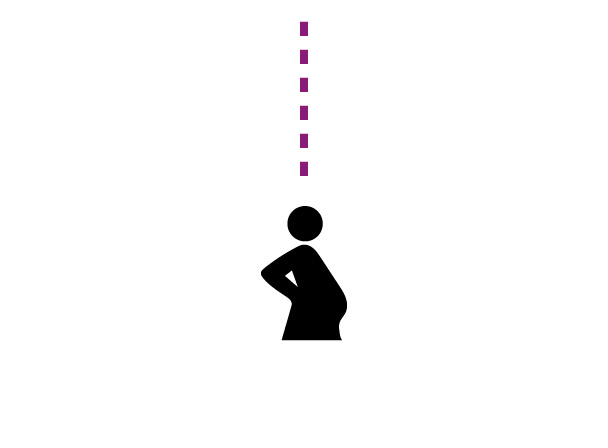
Birth of first child

Birth of first child

Birth of first child

Birth of first child
Chicago, 27
$2,854 is the average out-of-pocket costs related to birth and postpartum care for a pregnant person enrolled in an employer’s private health-care plan. The cost jumps to an estimated $3,214 for C-section deliveries.
Madrid, 31
Pregnant people typically have no out-of-pocket costs for health care before, during and after birth when using Spain’s Sistema Nacional de Salud (National Health Service). Pregnant people may also receive supplemental income if they are forced to take leave because of risks created by their pregnancy.
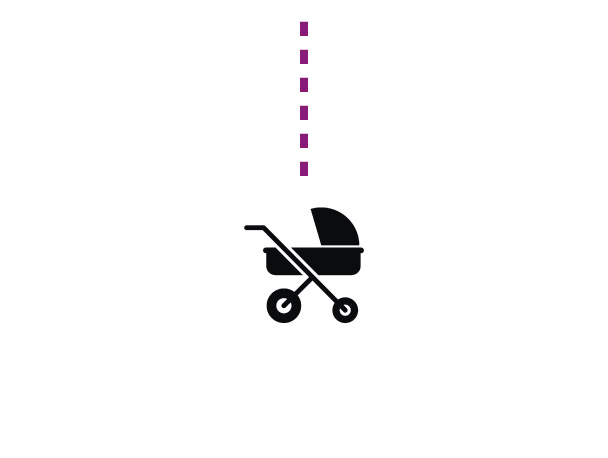
Maternity leave
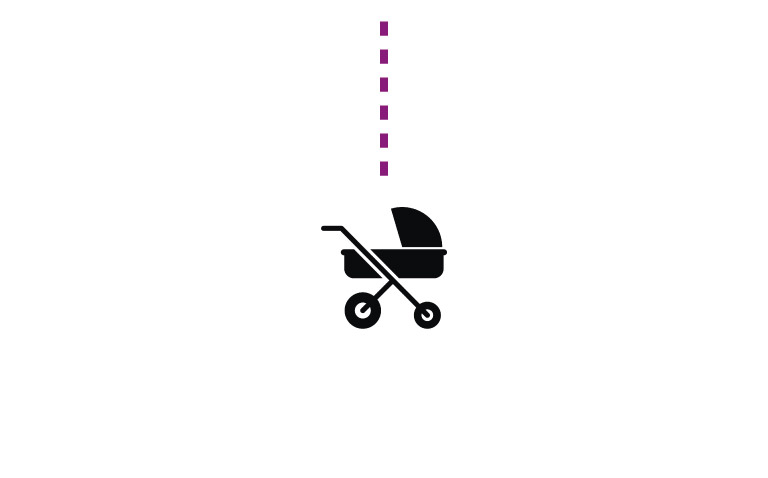
Maternity leave

Maternity leave

Maternity leave
Chicago
The United States does not have a federal law guaranteeing paid parental leave, though under the Family and Medical Leave Act, parents may take up to 12 weeks of unpaid leave if they work at a company with more than 50 employees; some workplaces allow a pregnant person to take short-term disability leave and pay out a portion of the salary. Fewer than 30 percent of all employees across public and private sectors have access to paid family leave benefits.
Madrid
Spain provides 16 weeks of paid leave per parent, with options to expand leave in the case of a child with a disability, multiple births or if the newborn is hospitalized. Postpartum mothers who have paid into social security can also receive a variety of benefits, including ones that cover 100 percent of lost income for mothers who must stop work because their job creates health risks for breastfeeding, up until the child is 9 months old. Mothers in Spain are also entitled to a paid hour per day for breastfeeding until their child is 9 months old.

Early childcare

Early childcare

Early childcare

Early childcare
Chicago
Kindergarten in the United States begins at age 5, at which point children may start partial or full-day programs. Until age 5, most parents are not eligible for subsidized child care unless they’re low-income. The median yearly cost of infant day care in Cook County, Ill., is $14,820, according to 2023 Labor Department figures — nearly a 20 percent share of the median income.
Madrid
Kindergarten in Spain begins at age 3. Madrid has free public day care for children up to age 3 (though free day care is not universal across Spain). Spanish parents have employment protections until their child is 12 years old that allow them to request, with two weeks notice, a reduction in their weekly hours worked to accommodate child-care needs. This has resulted in women using the benefit — and reducing their income by reducing working hours — more often than men.
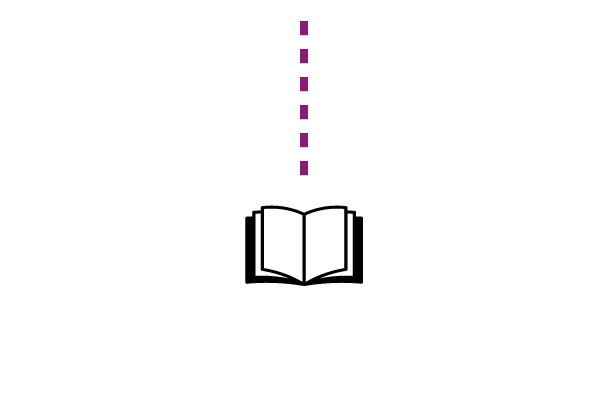
School years K-12
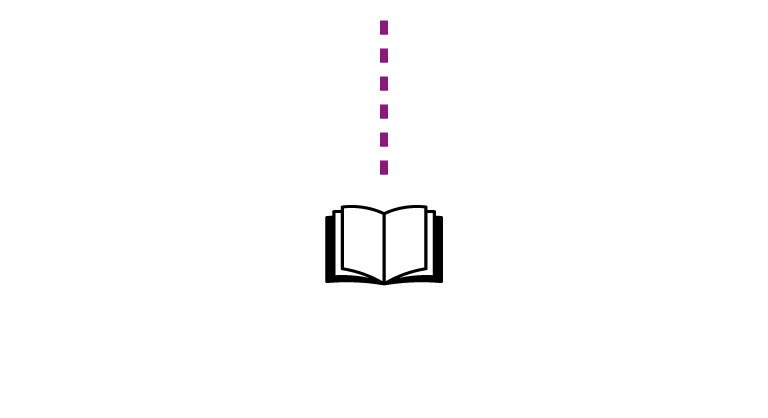
School years K-12

School years K-12

School years K-12
Chicago
Mandatory schooling begins at age 6. Public schooling is free.
Madrid
Mandatory schooling begins at age 6. Public schooling is free, except for a monthly lunch cost of an estimated $100.
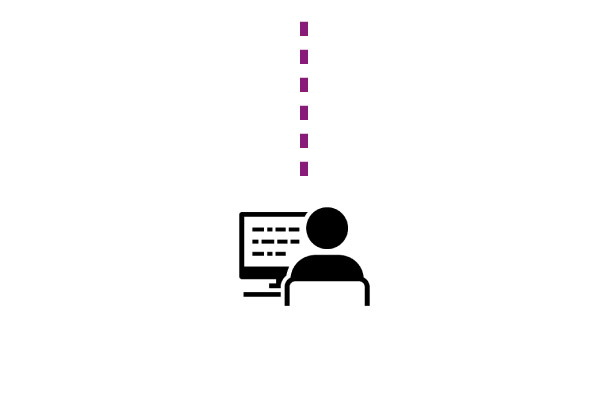
Mid-career
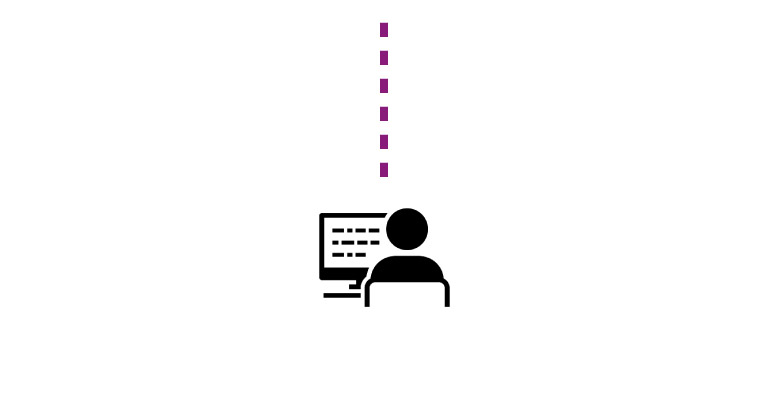
Mid-career

Mid-career

Mid-career
Chicago
Women age 45 to 54 earned a median income of $977 a week, compared with men, who earned $1,260, a roughly 25 percent difference.
Madrid
For Spanish women, the gender pay gap grows with age: Those 45 to 54 earn an average 12.1 percent less than Spanish men.
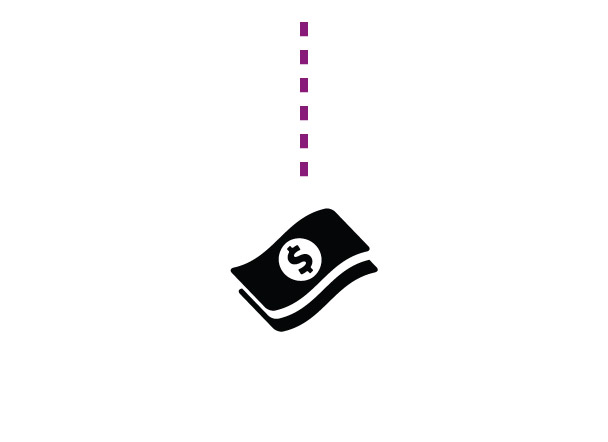
Retirement income
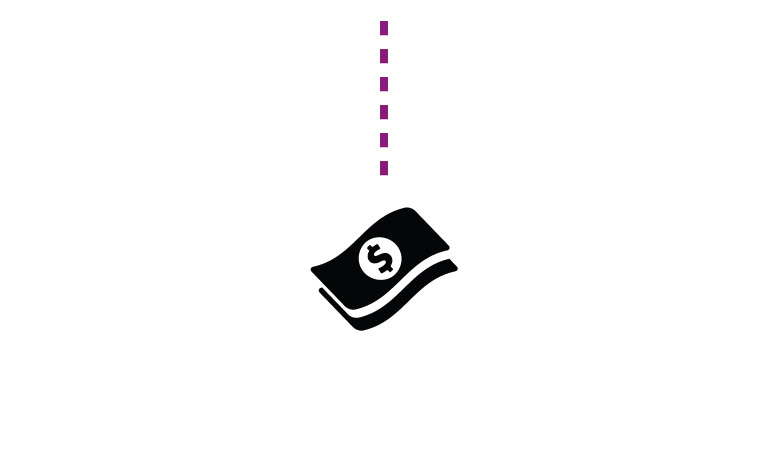
Retirement income

Retirement income

Retirement income
Chicago
Workers in the United States are eligible for Social Security benefits at age 62, but they receive higher benefits if they delay. Women at age 65 earn an average $1,965.52 in Social Security benefits.
Madrid
Full-pension benefits start at age 65 with a maximum payout of $733 per month for single pensioners and $904 a month for those with dependent spouses.
Sources: Education Data Initiative; Instituto Nacional de Administracion Publica; Pew Research Center; United Nations Economic Commission for Europe; Peterson Center on Healthcare and the KFF Health Tracker; U.S. Bureau of Labor Statistics; U.S. Department of Labor; Social Security Office of Retirement and Disability Policy; Organization for Economic Cooperation and Development.About this story: Editing by Bronwen Latimer. Additional editing by Meghan Hoyer, Jordan Melendrez and Anne Kenderdine. Art direction, design and development by Allison Mann. Design editing by Betty Chavarria and Matt Callahan. Project editing by Marian Chia-Ming Liu.





